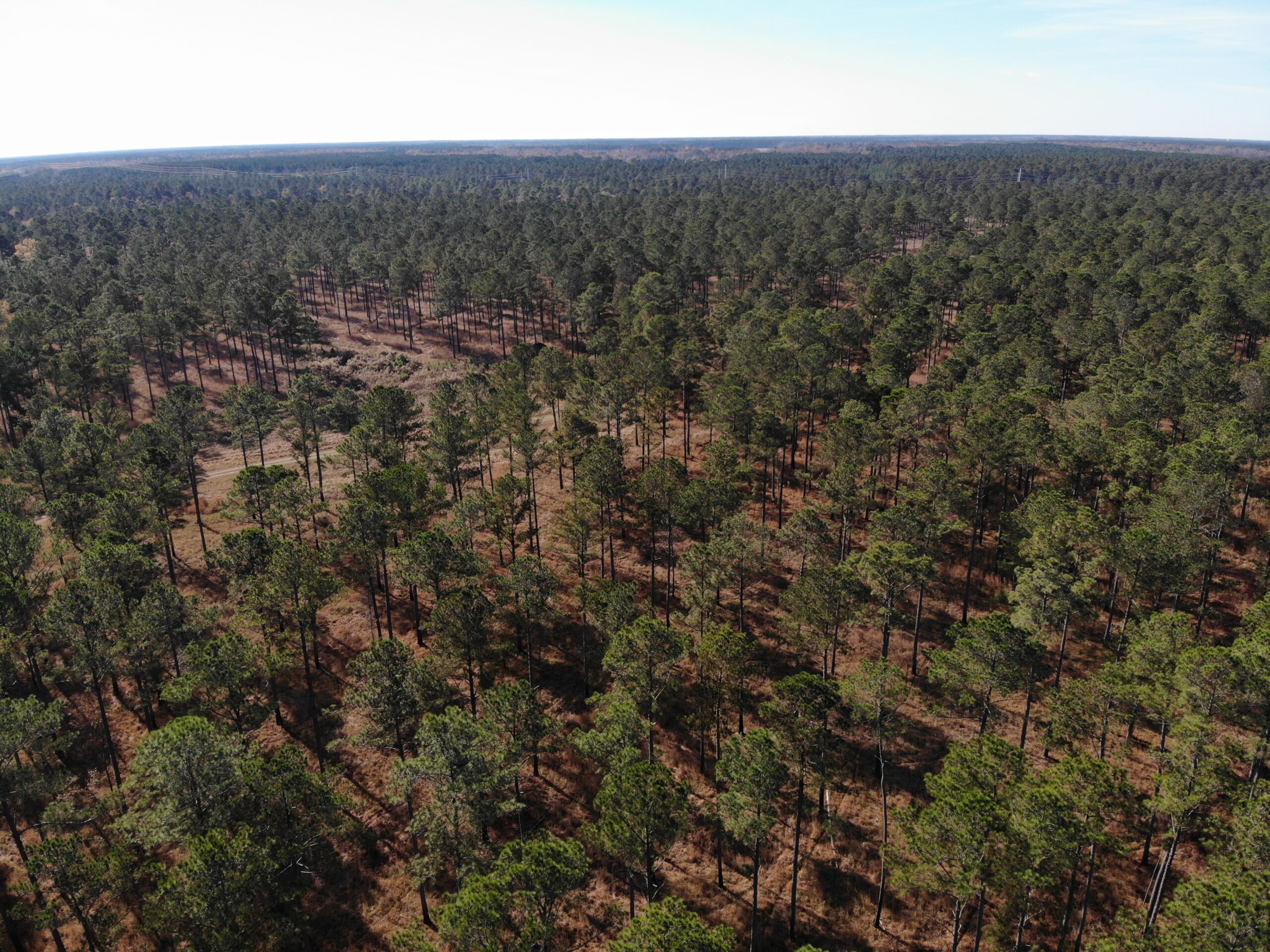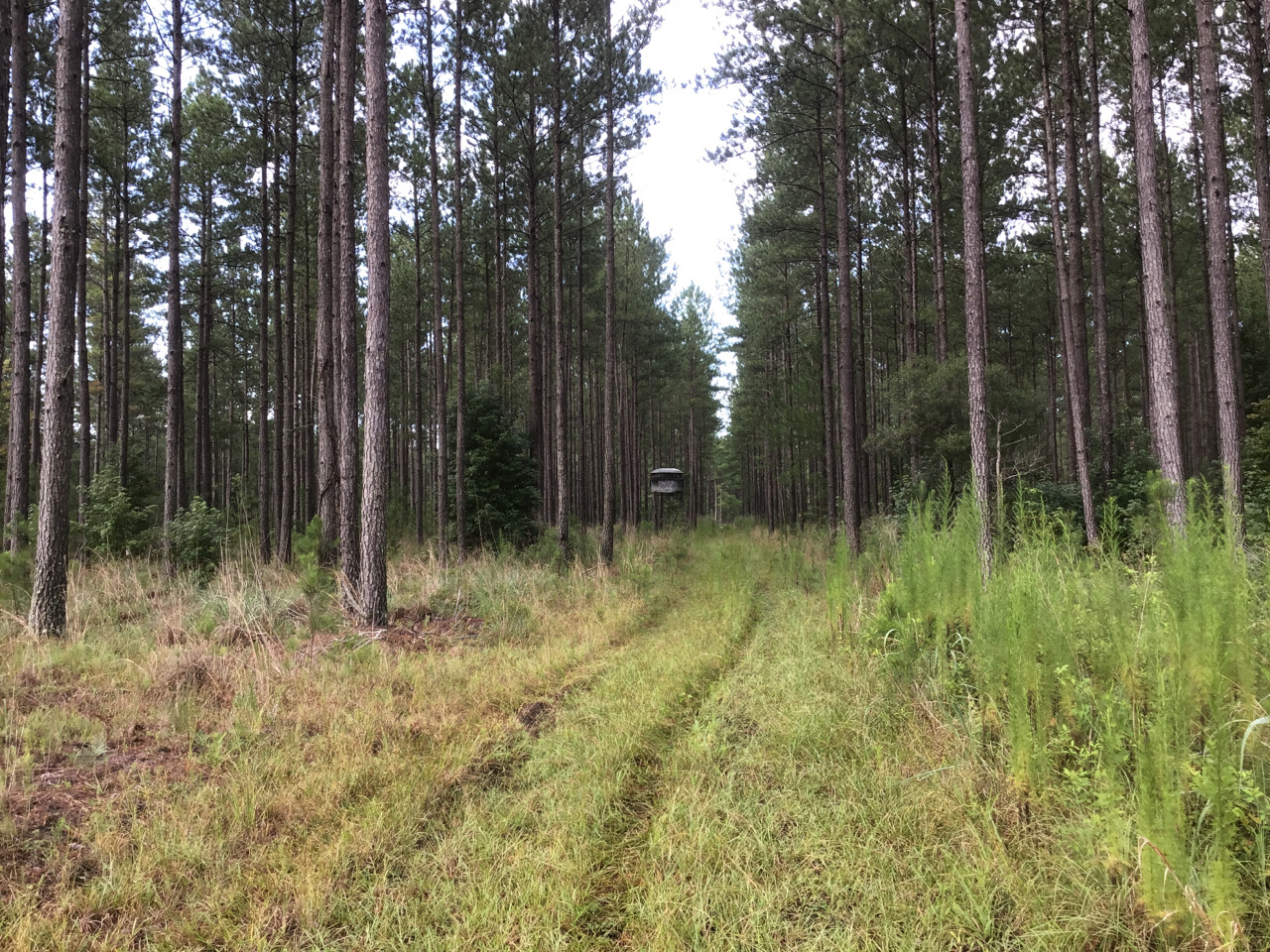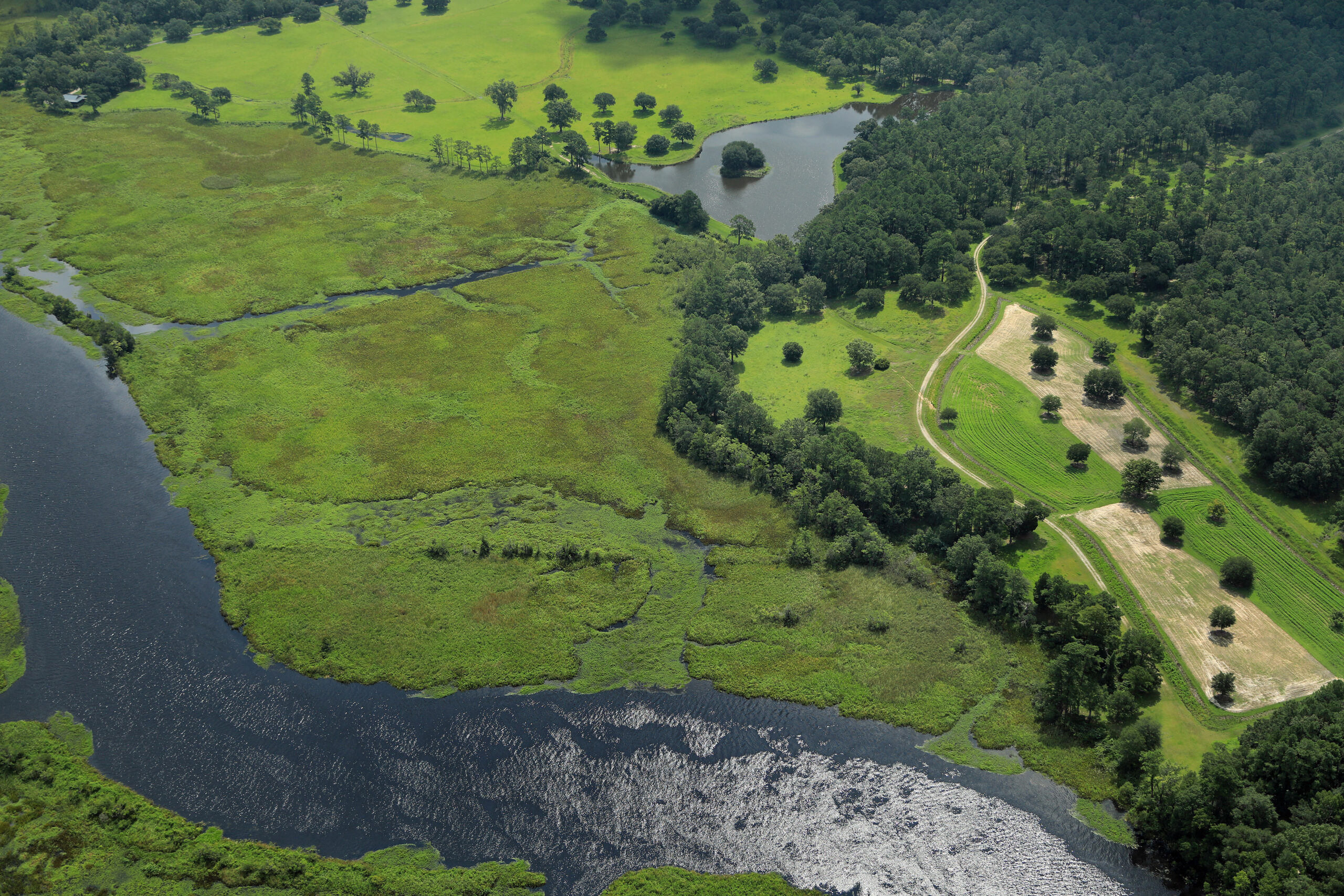
Take a moment, close your eyes, and envision a farm. What do you see? We each have our own vision of a farm, and for many of us, we have a close attachment to the places that produce fruits and vegetables, livestock, and timber. I recently participated in an American Farmland Trust (AFT) webinar. The session was created in response to AFT’s recent release of their “Farms Under Threat: The State of States” data. The data illustrated our nation’s agricultural land conversion and evaluated each state’s policy response. In this session, I was educated on the threats to our farmland and how we are responding to these threats in South Carolina. The information was eye opening!
The two most important takeaways I learned from the session were:
– South Carolina has a vast network of highly productive forests and farmlands.
– Low-density residential development is a significant threat to farms and forests.
This is my fourth year living in South Carolina and I continue to learn many new things about our great state. Did you know that out of the approximately 20 million acres of land in the state, 5.7 million acres is agricultural land? That is about 29% of the total land area of our state. These lands aren’t just providing resources we need, but they are also a vital part of South Carolina’s economy, too. In 2017, South Carolina farmlands produced approximately $3 billion in cash receipts and provided 64,900 jobs for South Carolinians. The facts say it all. We have a significant amount of agricultural land that needs to be protected to support our economy, as well as the natural beauty that makes South Carolina so special. Land conversion is a real threat and it happens quickly. But the source of this threat may surprise you.

When I think of unsustainable development, images of strip malls or homes packed closely together, built on previously working agricultural land comes to mind. AFT calls these places urban and highly developed areas, or UHD areas.Interestingly, it’s not UHD areas but low-density residential areas, or LDRs, that are the biggest threat to agricultural land conversion in South Carolina. LDR areas are places where unsustainable development fragments the agricultural land base and limits production, marketing, and management options for agricultural lands. Here are two images that can help visualize these different development impacts.
 In the state of South Carolina 280,700 acres of agricultural land was lost between 2001-2016 because of unsustainable development. Out of the 280,700 acres of converted land, 196,700 acres was converted via LDR development.
In the state of South Carolina 280,700 acres of agricultural land was lost between 2001-2016 because of unsustainable development. Out of the 280,700 acres of converted land, 196,700 acres was converted via LDR development.

The process of development is a slippery slope. After converting farmland into a low-density residential area, it becomes much easier for urban and highly developed areas to be built years later. According to AFT, South Carolina agricultural land that was converted to LDR areas in 2001 were eight times more likely to be developed into UHD areas by 2016. LDR areas are the gateway to further development. With proper planning, land protection, and policy measures, we can create a sustainable future where nature and people thrive.
At Lowcountry Land Trust, we work to protect land and waters forever so irreplaceable places can be enjoyed by everyone for generations to come. We strive to collaborate with business owners, policy makers, conservation professionals, community activists, and yes, even developers. We believe nature is the uniting factor and we believe that everyone wants a bright future for our home, the South Carolina lowcountry. In order to have a sustainable future, we must not forget producers and agricultural lands. I hope that when you close your eyes and visualize your farm, your children and your children’s children will be able to do the same because they had the opportunity to enjoy a special piece of farmland because of the choice we made today to protect it.
Resource: https://farmland.org/project/farms-under-threat/
(**All graphs on this blog post were created and published by AFT**)





